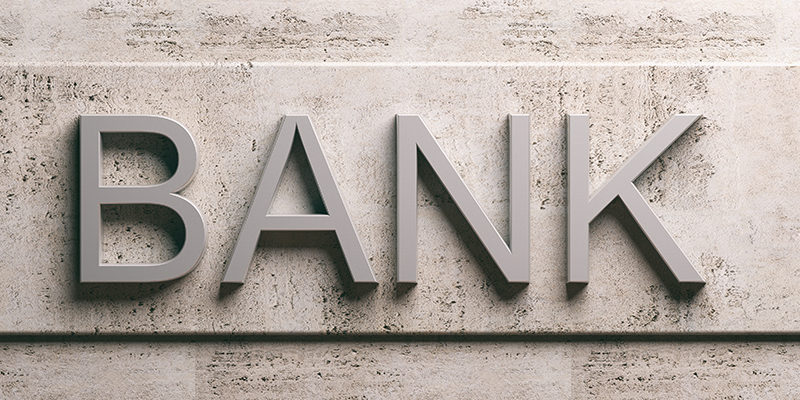A trustee is an entity that manages wealth, assets, or property on behalf of the owner of the estate. The owner also called the trustor, appoints a trustee to act in the trustor’s (original owner’s) best interests.
Section 3 of the Indian Trust Act 1882 provides that “A Trust is an obligation annexed to the ownership of the property, and arising out of a confidence reposed in and accepted by the owner, or declared and accepted by him, for the benefit of another, or of another and the owner”. (read: WHAT IS A TRUST AND HOW IT IS FORMED?)
As soon as you open an account in a bank, deposit a cheque for collection, or buy a draft from a bank, a relationship is created with the bank at that moment. However, the relationships are not the same in all cases. It means that for the different functions of banks, the nature of the relationship between the banker and the customer varies.
This relation works out when the customer deposits money with a bank, they essentially entrust the bank with their funds. The bank acts as a trustee in this context. The customer, in turn, is the beneficiary of this trust relationship. They expect the bank to safeguard their funds and make them available for withdrawal or use as needed. Here the position of the bank is a trustee and the customer is the beneficiary. As such, the banker has to employ the funds for a specific purpose for which it is meant.
Similarly, when a customer trusts the bank to collect his cheque and deposits a cheque for collection from another bank, the relationship between the bank and the customer at the outset becomes a trustee and beneficiary relationship but the moment the Bank undertakes to collect the cheque the relationship changes to principal and agent. Further, after the realization of the cheque, the banker has to credit the proceeds to the customer’s account. When the amount is credited to the account of the customer, the relationship again changes wherein the banker becomes a debtor and the customer a creditor.
The banker assumes the position of a trustee when the bank accepts securities or valuables from the customer for safe custody. Here, Banker becomes a trustee of his customer. The articles deposited with the bank for safe custody continue to be owned by the customer. The banker acts also for the benefit of the customer, and thus, the customer is a beneficiary in this way. Whenever the customer demands the securities, the banker has to return them to the customer who is a beneficiary. In New Bank of India Ltd v. P. Lal, AIR 1962 SC 1003, the Supreme Court observed that where the amount is deposited by the customer for a purpose, the banker acts as a trustee about the balance of the amount after fulfillment of the purpose. In the case of companies, when they receive debenture amounts from the public, the banker acts as one of the trustees of the company and so has a responsibility to review the value of the assets against which the debentures are issued. Hence, the banker has a responsibility to supervise the property of the company for which he is a trustee.
The customer may authorise the bank to operate his account by a certain named person by way of mandate and power of attorney. Similarly, the Banks are conferred with the right to retention of goods or security (such as cheques, bills of exchange, deposits, etc.) By way of general lien until some claim attaching to it, is satisfied or discharged. The lien extends to all such documents under which money will or may be payable to the customer. Further, the banker has the right of appropriation and right of set-off when the money owed to the bank is a certain sum, which should be due at the time of set-off and there shall not be an agreement, express or implied to the contrary.
To know them in detail read the following articles.



